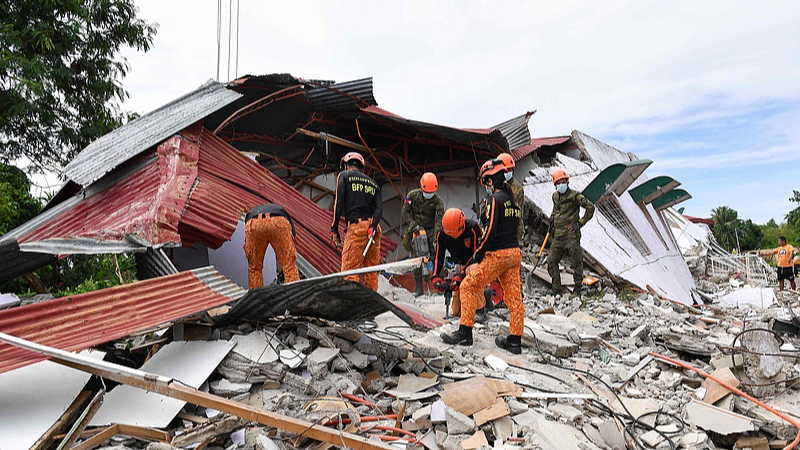Amid promising safety gains in the first half of 2025, the Chinese mainland is gearing up for a critical third quarter marked by higher risks of both man-made accidents and natural disasters. Officials from the Ministry of Emergency Management and the National Disaster Reduction and Relief Committee shared insights on Tuesday, highlighting positive trends alongside persistent challenges.
Safety Gains and Sector Spotlight
Industrial accidents on the Chinese mainland fell by 22.9% in H1 2025 compared to the same period last year, totaling 8,562 incidents. Fatalities dropped by 17.8%, with 8,079 lives lost, underscoring significant progress driven by tighter regulations and stronger safety measures.
Yet, long-standing hazards persist in high-risk industries:
Fire Hazards: Major fires in crowded commercial venues, from shopping malls to markets, have raised alarms on emergency preparedness.
Transportation: Inland river shipping accidents and illegal passenger transport in trucks and agricultural vehicles remain critical issues.
Chemicals and Fireworks: Explosions tied to unauthorized production continue to challenge public safety.
Construction and Mining: Collapses and falls in state-owned construction projects and illegal mining incidents underline ongoing vulnerabilities.
Manufacturing: A rebound in confined-space accidents and dust-related risks highlights the need for vigilance.
Natural Disasters: A Mixed Picture
Natural disasters on the Chinese mainland caused widespread damage but showed mixed trends. A magnitude-6.8 earthquake in Xizang in January was a stark reminder of seismic threats, while overall seismic activity remained below historical norms from February to June. Southern regions faced severe floods, and droughts affected both north and south, though conditions have started to ease. Landslides in Sichuan and Guizhou led to heavy losses, while forest fires and low-temperature events were less severe than in past years. In total, over 25 million people were affected, with 307 fatalities and nearly 62,000 relocations. Economic losses reached 54.11 billion yuan (around $7.5 billion).
Entering the High-Risk Third Quarter
The third quarter of 2025 is historically a peak period for accidents and natural disasters. From July to August, frequent heavy rainfall, typhoons and extreme heat can compound risks, especially in southern and some northern regions. Central and local governments are intensifying weather monitoring, flood control preparations and public awareness campaigns. As summer travel peaks and production activities ramp up, sectors like transportation and hospitality must stay vigilant to protect lives and livelihoods.
Staying ahead of these challenges will require continued investment in early warning systems, community training and cross-sector collaboration. For young global citizens, entrepreneurs and changemakers, this period underscores the importance of resilience, innovation and collective action in the face of uncertainty, where every data point and every safety drill can make a life-changing difference.
Reference(s):
Report: China sees higher risks of disasters in 3rd quarter of 2025
cgtn.com




